Most landlords spend 40+ hours weekly managing just a few rental properties, constantly dealing with tenant calls, maintenance headaches, and paperwork that never seems to end.
You’re trapped in a cycle where more properties mean more stress, not more freedom. Late-night emergency calls, chasing rent payments, and fixing broken appliances consume your weekends and vacations.
What if I told you there’s a way to manage 12 rental properties in just 15 hours per week?
After years of trial and error, I’ve cracked the code to passive rental income that stays passive. Here’s my exact blueprint that generates six-figure returns while giving me my life back.
1. Invest in Multi-Unit and Flexible Properties

Smart property selection forms the foundation of any efficient rental business. Look for buildings with conversion potential.
Search for basements that can become studios, large houses that split into multiple units, or properties with separate entrances. These opportunities exist everywhere if you know what to spot.
Converting single-family homes into duplexes or triplexes multiplies your income without buying additional properties.
A $200,000 house generating $1,500 monthly becomes a goldmine when split into three units, earning $800 each. The math changes everything about your return on investment.
Focus on areas with strong rental demand where tenants accept smaller living spaces. College towns, urban centers, and job hubs work best.
Each additional unit you create from existing space increases cash flow while spreading your management time across multiple income streams from one location.
2. Diversify Rental Strategies

Relying on traditional year-long leases limits your income potential and increases vacancy risks.
Mix different rental approaches across your portfolio to maximize revenue and minimize downtime between tenants.
Short-term rentals through platforms like Airbnb can generate 2-3 times more income than long-term tenants, especially in tourist areas or business districts.
Medium-term stays of 1-6 months attract traveling professionals, relocating families, and people between homes. These tenants often pay premium rates for furnished, flexible accommodations.
Room-by-room rentals work well in larger properties near universities or job centers. Renting four bedrooms individually often generates more income than leasing the entire house to one family.
Each strategy requires different management approaches, but diversification protects against market changes and seasonal fluctuations that could impact any single rental method.
3. Automate and Outsource Administrative Tasks

Technology handles routine tasks better than humans ever could. Property management software collects rent automatically, sends late payment notices, and tracks maintenance requests without your involvement.
Tenants get immediate responses while you sleep. Set up automatic systems for everything possible.
Rent collection through ACH transfers eliminates check chasing. Maintenance request portals let tenants report issues directly to contractors.
Digital lease signing saves trips to properties. These systems work 24/7 without vacation days or sick leave.
Outsource what technology cannot handle. Virtual assistants manage phone calls and schedule appointments. Bookkeepers track expenses and prepare tax documents. Cleaning services turn units between tenants.
The goal is to remove yourself from daily operations so your properties generate income without consuming your time. Pay others to do tasks that do not require your specific expertise.
4. Rigorous Tenant Screening
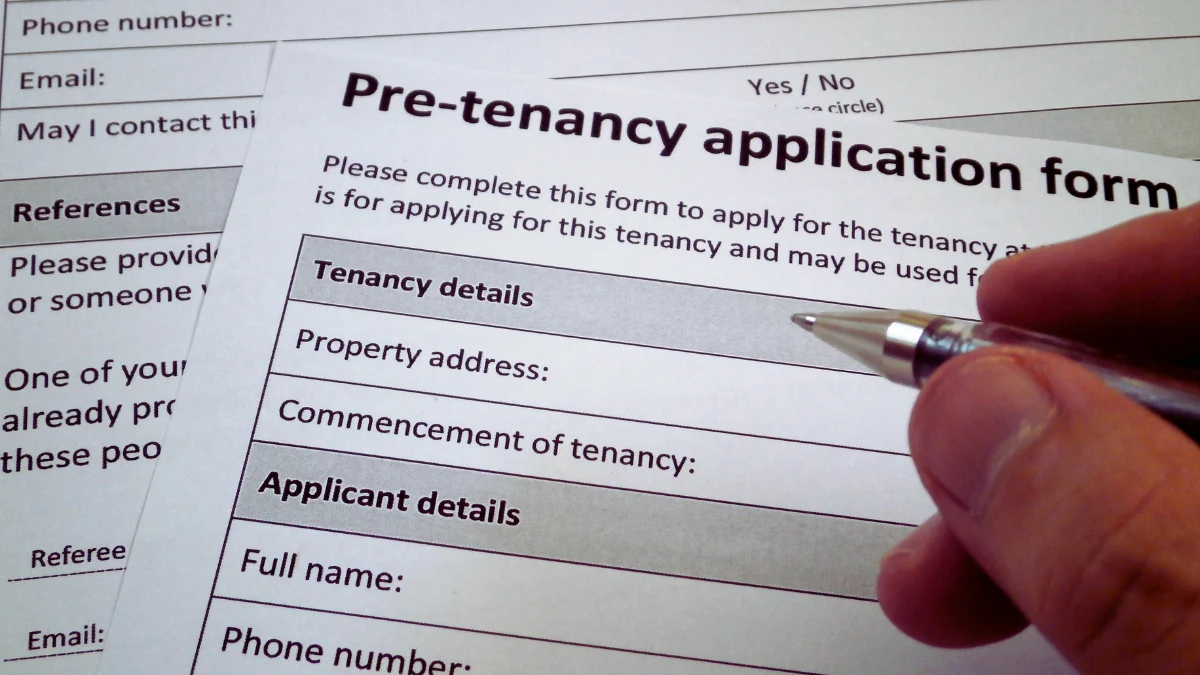
Good tenants make property management almost effortless, while bad tenants create endless problems.
Screen every applicant thoroughly using credit reports, employment verification, and background checks. Never skip steps to fill vacancies faster.
Require proof of income showing tenants earn at least three times the monthly rent. Check employment history and contact previous landlords directly.
Criminal background checks reveal potential issues, but focus on financial crimes and property damage rather than minor infractions from years past.
Set clear screening criteria and apply them consistently to avoid discrimination issues. Require security deposits equal to one month’s rent plus application fees.
This process filters out applicants who cannot afford the property while protecting you legally. Quality tenants pay rent on time, report maintenance issues promptly, and renew leases year after year.
5. Clear and Proactive Communication

Communication prevents small issues from becoming major problems. Respond to tenant messages within 24 hours, but set boundaries about when and how they can contact you.
Use email and text for non-emergencies while reserving phone calls for urgent situations.
Create multiple communication channels through property management apps, email, and text messaging.
Tenants appreciate options, and digital messages create paper trails for important conversations.
Send regular updates about maintenance schedules, policy changes, and property improvements to keep everyone informed.
Build trust through consistent, professional communication. Acknowledge maintenance requests immediately, even if repairs take time.
Explain delays and provide realistic timelines for completion. When tenants feel heard and respected, they report problems sooner and work with you to find solutions rather than against you to create additional stress.
6. Standardize Lease Agreements
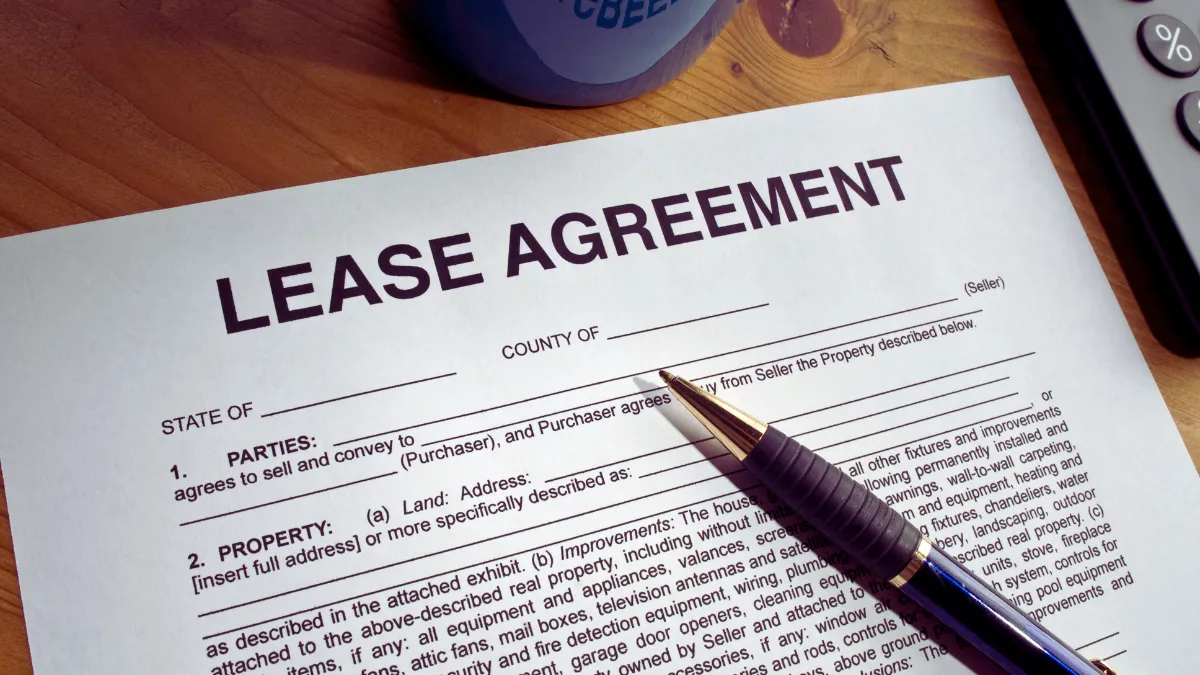
Detailed lease agreements prevent disputes and set clear expectations from day one.
Include specific policies about pets, guests, maintenance responsibilities, and rent payment procedures. Cover every scenario you can think of to avoid confusion later.
Standardize lease terms across all properties while allowing for local law differences. Use the same security deposit amounts, late fees, and renewal procedures everywhere.
This consistency makes management easier and ensures you treat all tenants fairly under identical circumstances.
Update leases annually to reflect market changes and legal requirements. Include clauses about property inspections, emergency access, and tenant responsibilities for utilities and landscaping.
Clear language protects both parties and reduces the likelihood of costly legal disputes. When everyone understands the rules, properties run smoothly with minimal intervention from you.
7. Schedule Regular Inspections and Preventive Maintenance
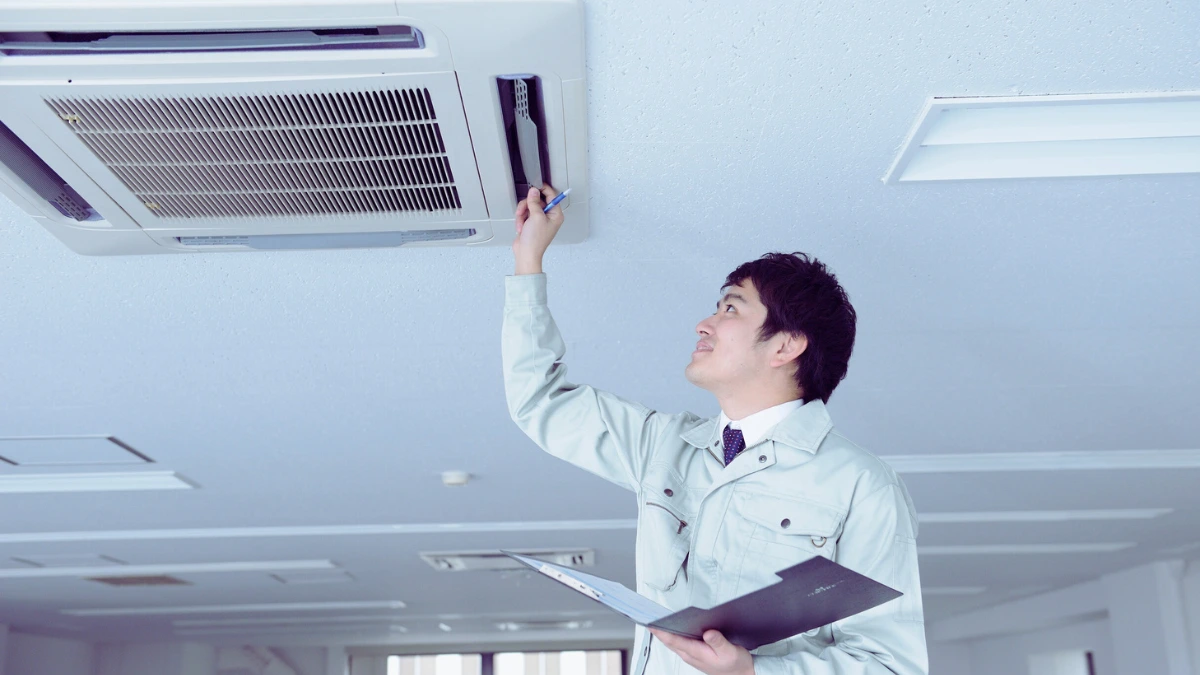
Small problems become expensive disasters when ignored. Schedule property inspections every six months to catch issues before they spiral out of control.
Look for water damage, HVAC problems, and structural concerns that tenants might not notice or report.
Create maintenance schedules for each property based on age and condition. Replace HVAC filters quarterly, clean gutters twice yearly, and service heating systems before winter.
Preventative care costs less than emergency repairs and keeps tenants happy with well-functioning homes.
Document everything during inspections with photos and notes. This creates a timeline of property condition and helps with insurance claims if needed.
Tenants appreciate landlords who care about maintenance because it shows respect for their living space.
Properties with regular upkeep also maintain higher values and attract better tenants when vacancies occur.
8. Leverage Technology for Efficiency

Software eliminates repetitive tasks that consume hours each week. Property management platforms handle rent collection, maintenance requests, and tenant communication automatically.
Tenants can pay rent online, submit work orders, and receive updates without phone calls or meetings.
Choose systems that integrate multiple functions rather than using separate apps for each task.
Financial reporting, document storage, and communication tools should work together seamlessly. Cloud-based solutions let you manage properties from anywhere with internet access.
Technology also improves tenant satisfaction through faster response times and convenient self-service options. Online portals let tenants check payment history, download documents, and track maintenance requests 24/7.
While software requires upfront investment and learning time, it pays for itself by reducing administrative work and improving operational efficiency across your entire portfolio.
9. Delegate Non-Core Tasks

Tim Ferriss teaches in “The Four-Hour Workweek” that successful entrepreneurs focus only on activities that directly grow their business.
Apply this principle by outsourcing cleaning, landscaping, bookkeeping, and routine maintenance to others. Your time becomes more valuable when spent on acquisition and strategy.
Hire reliable contractors for specialized work like plumbing, electrical, and major repairs. Build relationships with service providers who respond quickly and charge fair rates.
Property management companies can handle everything for 8-12% of rental income if you prefer a complete hands-off operation.
Virtual assistants can manage many administrative tasks remotely. They schedule appointments, respond to initial tenant inquiries, and coordinate with contractors.
The key is identifying which tasks require your specific expertise versus those that others can handle with proper instructions.
Free yourself from location and time constraints by building a team that operates your properties efficiently.
10. Implement Effective Time Management
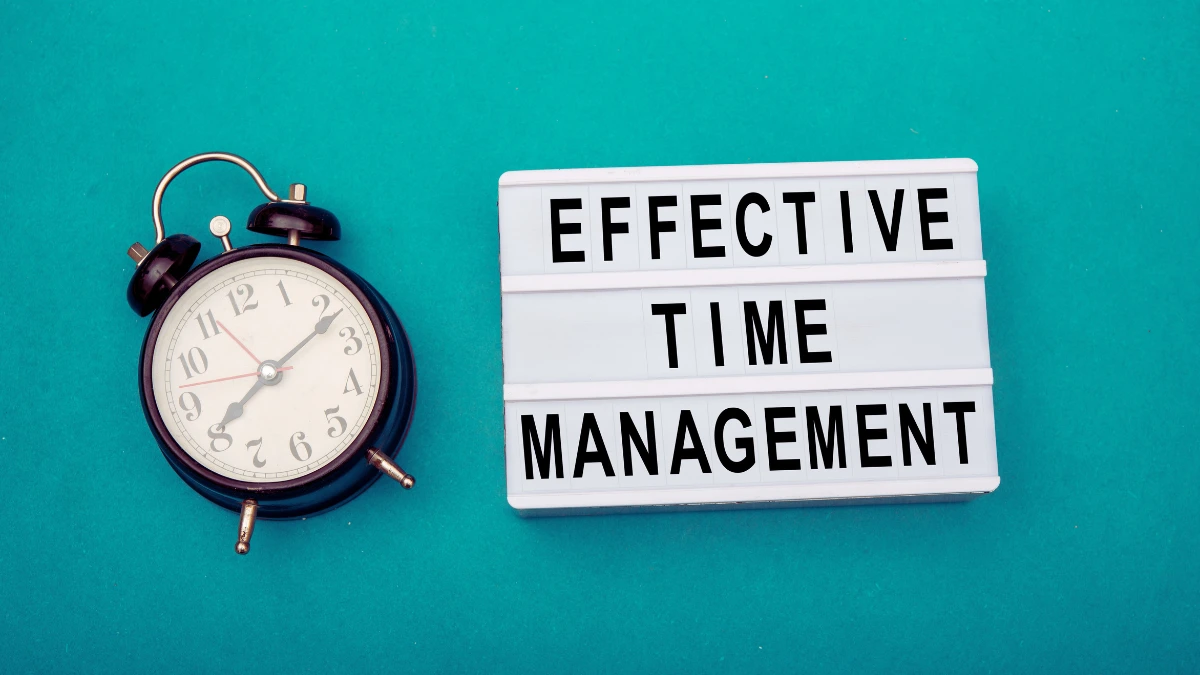
Block specific hours for property management activities and stick to that schedule.
Studies by PropertyVista show that property managers using structured time planning can oversee 37% more properties than those without such strategies. This data proves that working smarter beats working harder.
Batch similar tasks together to maximize efficiency. Handle all tenant communications in one session, schedule multiple property inspections on the same day, and review financial reports monthly rather than constantly.
Context switching between different types of work wastes mental energy and time.
Set boundaries about when tenants can contact you for non-emergencies. Establish office hours for routine questions while maintaining emergency contact procedures for urgent situations.
Time management reduces stress while increasing your capacity to handle more properties without feeling overwhelmed by constant demands on your attention.
11. Continually Optimize and Review Your Portfolio
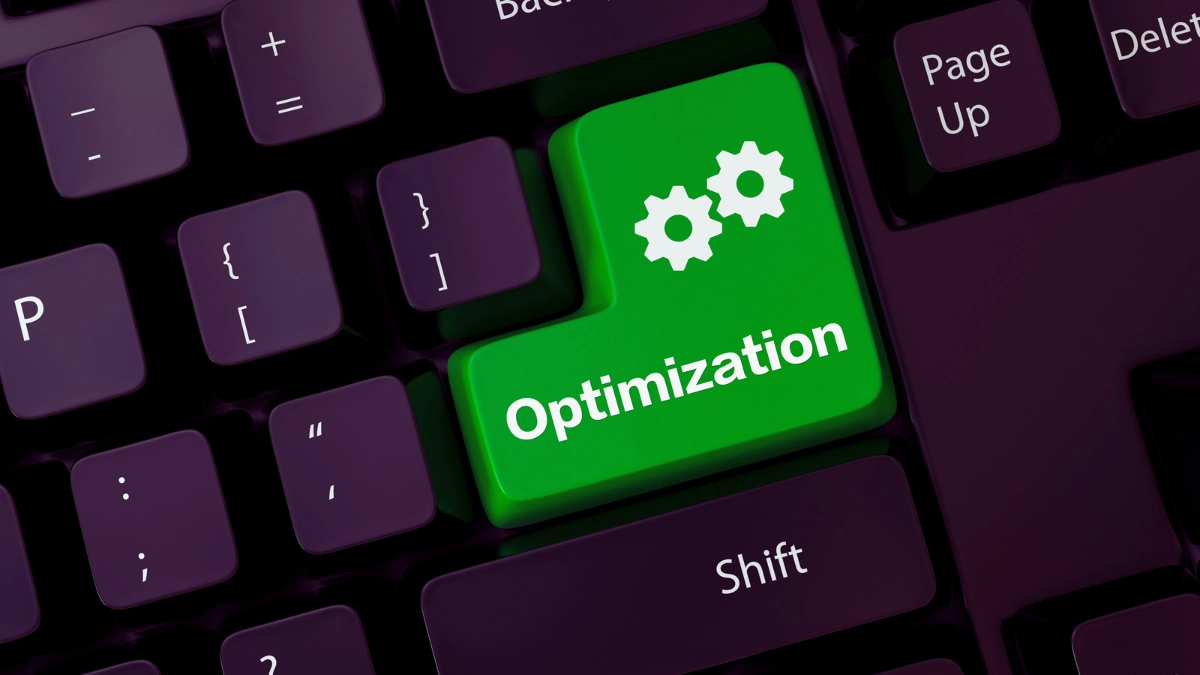
Monthly financial reviews reveal which properties perform best and which need attention. Track rental income, expenses, and vacancy rates for each unit.
Compare performance against local market rates to identify opportunities for rent increases or property improvements.
Market conditions change constantly, affecting rental demand and property values. Stay informed about neighborhood developments, new businesses, and demographic shifts that impact your investments.
Properties in declining areas might need to be sold, while growing markets present expansion opportunities.
Consider upgrades that increase rental income or reduce maintenance costs. Energy-efficient appliances lower utility bills for tenants while reducing your repair calls.
Fresh paint and updated fixtures command higher rents and attract quality tenants. Regular portfolio analysis helps you make strategic decisions about which properties to keep, improve, or sell to maximize your overall returns.
